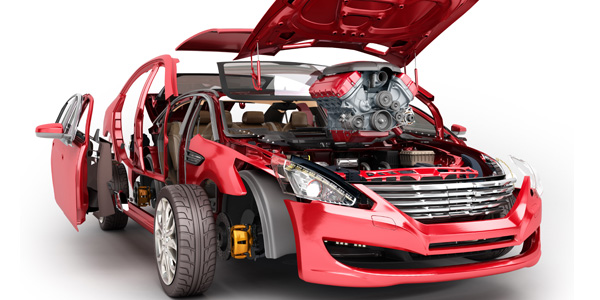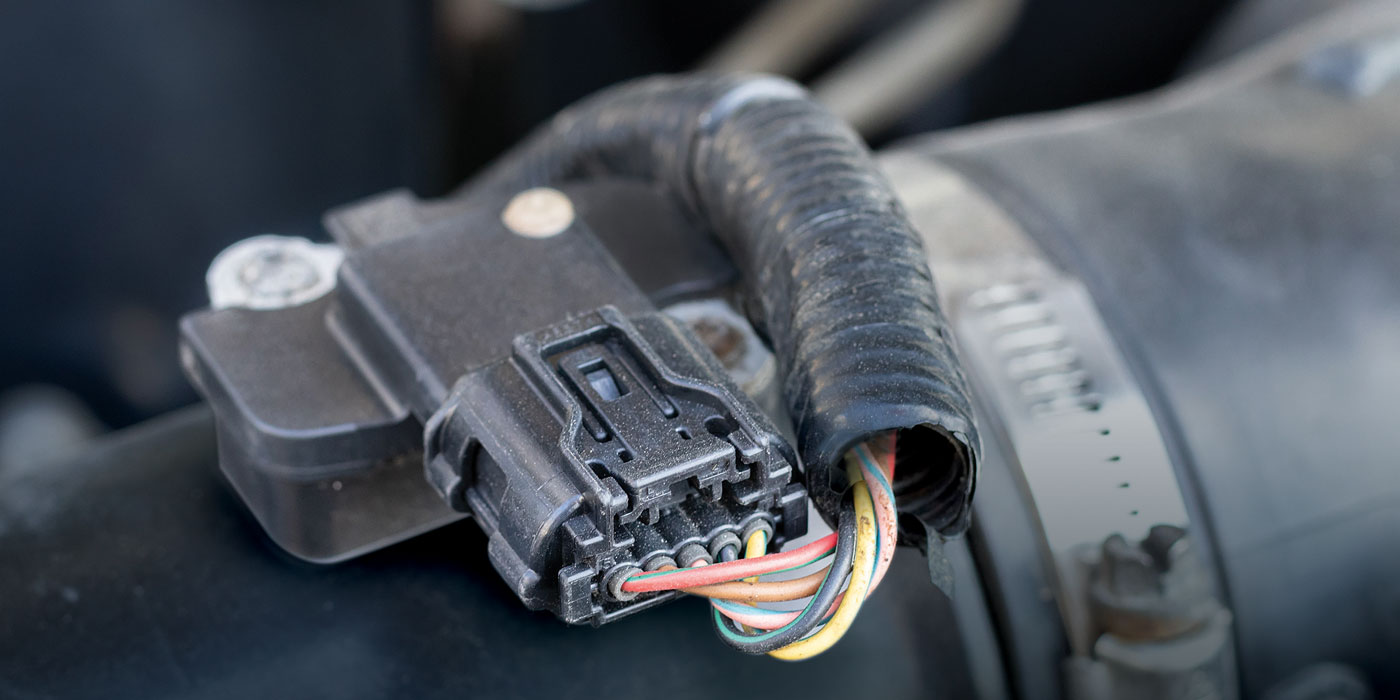
Becoming a parts superstar doesn’t happen overnight. However, one of the best ways to distinguish yourself is by earning the ASE P2 Automobile Parts Specialist certification. The certification shows that as a parts pro, you’re at the top of your profession and not only can look up parts quickly and accurately, but also understand customer relations, sales and management best practices.
For this year’s edition, we asked Dave Milne, president of the ASE Training Managers Council, to help us update some of our test-prep questions with a format that matches what’s on the ASE P2 test.
Product knowledge continues to be the area of the P2 test that poses the most problems for candidates, says Milne. He notes that the problem is complicated by the proliferation of new products and new versions of old components.
There are four things the industry expects competent parts specialists to know when it comes to the products they sell:
- Be able to identify major components. Not only does this mean identifying components by sight, but also identifying the correct application by the use of distinctive features, casting numbers, labels or other identifying marks.
- Know the component’s function and common reasons for replacement.
- Identify related items that sometimes have to be sold with the component to accomplish a complete or correct installation. This includes items such as gaskets, clamps, seals and bearings as well as fluids and service chemicals.
- Provide some very basic use, maintenance, installation and warranty information to the customer.
Keeping up with these tasks requires constantly updating the parts specialist’s knowledge.
The ASE question writers – who are parts specialists themselves – are not going to write questions about parts you may only sell once or twice in your career, Milne explains.
“They feel an obligation to be fair to all the parts specialists out there who, like them, must take the test. But, they also can’t write questions about something so simple that the person who has been on the job for a couple of weeks might know.”
The idea of the test is to identify the individual who can help almost every customer – walk-in or professional – by finding the right part or information in a reasonable amount of time. We hope this practice test helps in your pursuit to become an ASE-certified Automobile Parts Specialist.













